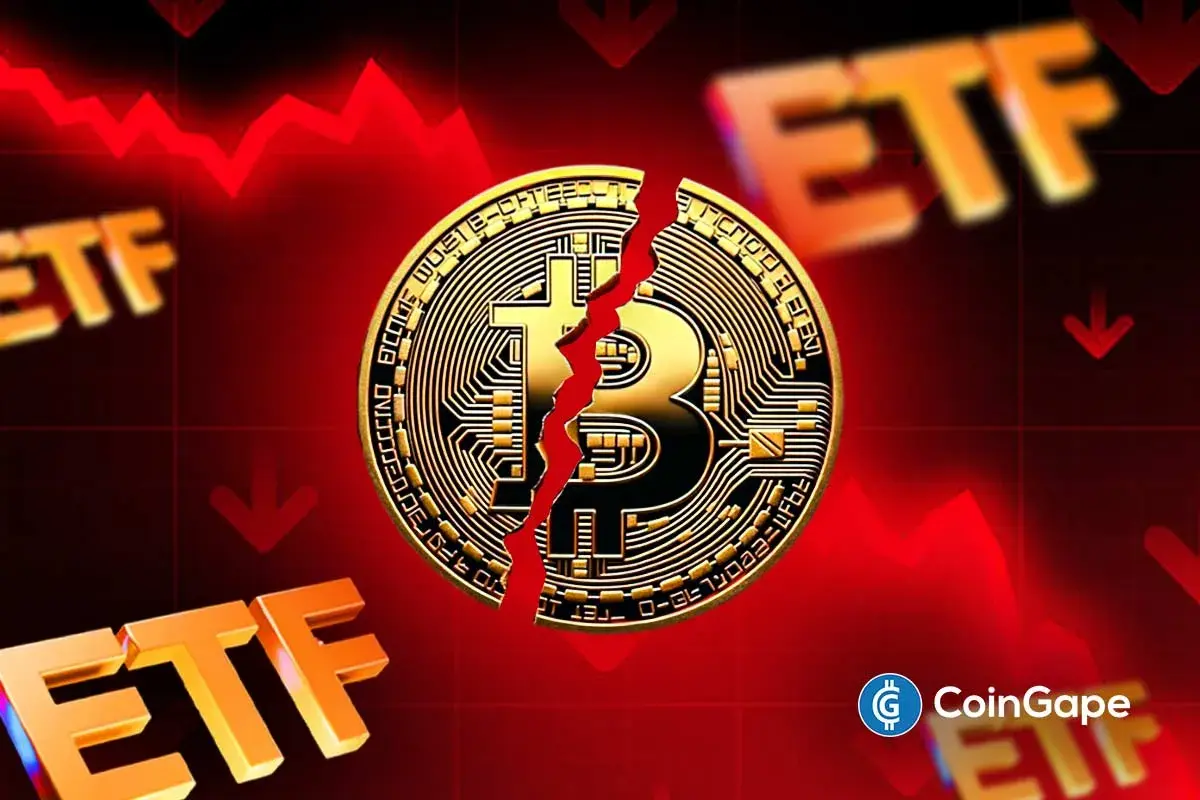FED Balance Sheet Down $17B In 30 Days, Is This The Bitcoin Trigger?

Highlights
- More than $17 billion has left the Fed's balance sheet over the past 30 days
- This coincides with a time the price of Bitcoin is on rampage with broad-market breakout
- More liquidity injection by the Federal Reserve may accelerate Bitcoin's growth
The United States Federal Reserve has been reducing its balance sheet, which has sparked discussions about what this could mean for Bitcoin (BTC) and the broader financial market. Recent data shows a noticeable drop in the Fed’s holdings, raising concerns about liquidity, investor confidence, and what to expect next as interest rates were kept steady.
Massive Shift In Federal Reserve Balance Sheet
According to a recent post by The Kobeissi Letter on X, the Federal Reserve’s balance sheet has declined by $17 billion over the past 30 days. It now stands at $6.7 trillion, the lowest since April 2020. This marks a total reduction of $2.3 trillion since the Fed began tightening in April 2022.
This reduction represents about 48% of the $4.8 trillion in assets the Federal Reserve bought during its post-COVID response. Presently, the Fed holds $4.2 trillion in U.S. Treasuries and $2.2 trillion in mortgage-backed securities.
In March, the central bank announced a slowdown in its monthly Quantitative Tightening (QT) pace. This may even get worse as it looks for alternative avenues to sustain the economy, seeing it kept interest rates unchanged this week. Notably, the bank reduced it from $60 billion to $40 billion, signaling a more cautious approach going forward.
While these figures may appear technical, the more significant implication is an apparent influx of liquidity into the mainstream market. The Fed is adding money to the system, which can inflate the Dollars in circulation and hence, their value. This often leads investors to seek other stores of value, such as Bitcoin.
Inflation, Money Supply and Risk Assets
It is worth mentioning that BTC proponents are paying close attention. For example, Darin Feinstein, co-founder of Core Scientific, recently shared on his X page that Bitcoin exists as a response to what he describes as unchecked money printing by the Federal Reserve and other central banks.
In his X post, Darin claimed that roughly 80% of today’s $21.6 trillion U.S. money supply was created over the past 25 years without public oversight. This ultimately reinforces the idea that Bitcoin offers a transparent, decentralized alternative.
It is important to note that as the Fed tightens its policy, Bitcoin has attracted increased attention from institutions. Between May 7 and 8, U.S. Bitcoin ETFs saw $260 million inflows over the two-day period.
Although less than last week’s daily highs of $400–$600 million, data from Farside Investors shows growing confidence, especially as BTC crossed the $100,000 mark this week.
Impact of Unchanged Interest Rate on Bitcoin
After the May 7 FOMC meeting, the Fed resumed bond purchases as Chair Jerome Powell confirmed that interest rates would remain steady at 4.25%–4.5%.
Since the meeting, altcoins have shown strength, but analysts expect Bitcoin dominance to keep soaring. The decision, which aligned with market expectations, slightly boosted both Bitcoin and altcoin prices.
However, every risk asset stands to benefit if the Federal Reserve’s model of injecting liquidity into the market remain unchecked.
- Are XRP and Midnight Ahead in Tokenization? Cardano’s Hoskinson Sparks Debate Amid Canton Push
- Breaking: U.S.-China Tensions Heat Up as China Imposes New Sanctions; Bitcoin Falls
- BlackRock Hints at a Big Sell-Off As $27B In Crypto Options Expire
- Aave DAO vs Labs: Aave Founder Pledges Clearer Economic Alignment as DAO Rejects Brand Asset Transfer
- Universal Exchange Bitget Partners UNICEF to Equip Youths to Thrive in the Digital Economy
- Cardano Price Eyes a 40% Surge as Key DeFi Metrics Soar After Midnight Token Launch
- FUNToken Price Surges After MEXC Lists $FUN/USDC Pair
- Bitcoin Price on Edge as $24B Options Expire on Boxing Day — Is $80K About to Crack?
- Crypto Market Rebounds: Are Bulls Positioning for a Santa Rally?
- XRP, Bitcoin, Ethereum Price Predictions Ahead of Jan 2026 CLARITY Act and US Crypto Reserve Plans
- Pi Network Analysis: Pi Coin Price Surges on Christmas Eve, Can It Hit Year-End Highs?

 Claim $500
Claim $500














